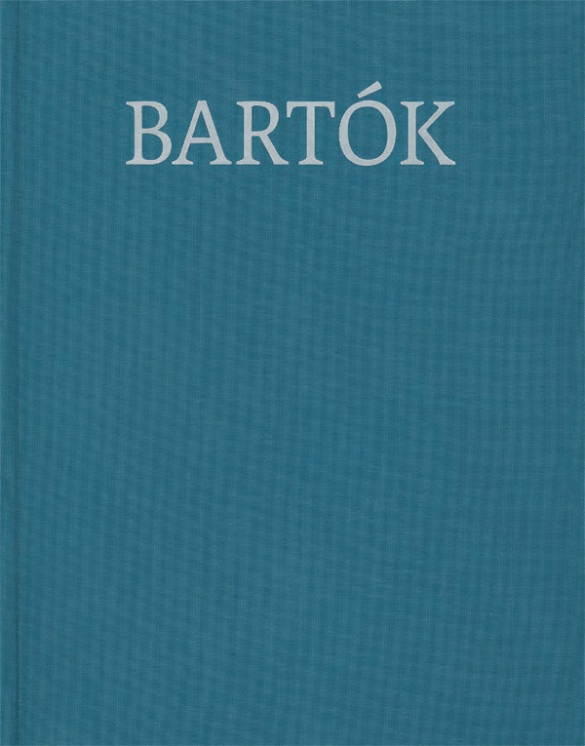

Béla Bartók
Vol. 40 | Mikrokosmos
Alongside Mikrokosmos, and following For Children (HN 6200) and Works for Piano 1914–1920 (HN 6202), the third volume of piano works and another major work by Bartók is now appearing in the Complete Edition. It was edited by Japanese musicologist Yusuke Nakahara, who was trained at the Liszt Academy in Budapest. As an expert on Bartók, he has worked intensively on Mikrokosmos and supported the work at the Complete Edition at the Budapest Bartók Institute for several years. The collection, which is designed for teaching with a gradual increase in difficulty, deals not only with technical aspects of playing but also with the basics of a composer´s work: ranging from compositional techniques as in Ostinato, Free Variations or Imitation and Reversal to programmatic ideas in From the Diary of a Fly or the famous Six Dances in Bulgarian Rhythm, which form the furious conclusion to this central 20th century-work. The 153 numbers of the main text are supplemented by the exercises Bartók designed for individual pieces, as well as his preface and some notes he wrote down for the first edition. The detailed introduction to the Complete Edition volume by Yusuke Nakahara (English / Hungarian / German) not only deals with the genesis of the work and its biographical context, but also provides – as always in the Bartók Complete Edition – a separate chapter on Notation and Performance, which provides important information on the practical performance of the musical text. The footnotes to the musical text point out and classify musically interesting variants from the extensive tradition.
CONTENU/DÉTAILS
(Explanation)
CONCERNANT LE COMPOSITEUR
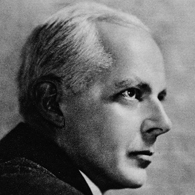
Béla Bartók
Compositeur qui compte parmi les personnalités musicales les plus importantes de la première moitié du XXe s. Il est surtout connu par ses recherches sur la musique populaire hongroise dont il a intégré les éléments dans son propre style. Son œuvre considérable comprend de nombreuses œuvres pour orchestre, piano et musique de chambre, ainsi que des pages chorales, des mélodies accompagnées au piano et un opéra.
| 1881 | Né le 25 mars à Nagyszentmiklós. Premières leçons de piano auprès de sa mère. |
| 1893–ca. 96 | Cours de piano chez László Erkel à Pressbourg (Bratislava). |
| 1899–1903 | Études de piano et de composition à l’Académie de musique de Budapest. 1903 Poème symphonique «Kossuth». |
| À partir de 1905 | Commence, en collaboration avec Zóltan Kodály, une exploration musicologique de la musique populaire hongroise et réfute ce faisant les conceptions traditionnelles. Apprend à connaître la musique de Debussy. |
| 1905–07 | Suite n° 2 pour petit orchestre op. 4. |
| 1907–34 | Professeur de piano à Budapest. |
| 1908–09 | «Pour les enfants» respectivement 85 et 79 arrangements pour piano de chansons populaires. |
| 1915–17 | 2e Quatuor à cordes op. 17 à forte motricité. |
| 1917 | Création du Ballet «Le Prince de bois». |
| 1918 | Création du «Château de Barbe-Bleue» op. 11 (composé en 1911) avec, ici et là, des références à la sonorité de la langue française. |
| 1920 | Improvisations sur des chansons paysannes hongroises op. 20. |
| 1926 | Création de la pantomime «Le Mandarin merveilleux». Cycle pour piano «En plein air». |
| 1926–39 | «Mikrokosmos» pour piano (6 cahiers). |
| À partir de 1934 | Éditeur de l’intégrale de la musique populaire hongroise. |
| 1936 | Sa Musique pour cordes, percussion et célesta fait figure d’œuvre d’avant-garde. |
| 1937–38 | Concerto (n° 2) pour violon et orchestre. |
| 1940 | Émigration aux USA. |
| 1945 | 3e concerto pour piano; son concerto pour alto demeure inachevé. Il meurt le 26 septembre à New York. |
Informations sur la sécurité du produit

G. Henle Verlag
Vous trouverez ici des informations sur le fabricant du produit.G. Henle Verlag e.K.
Forstenrieder Allee 122
81476 München
Allemagne
info@henle.de
www.henle.com
recommandations
autogenerated_cross_selling
Autres éditions de ce titre


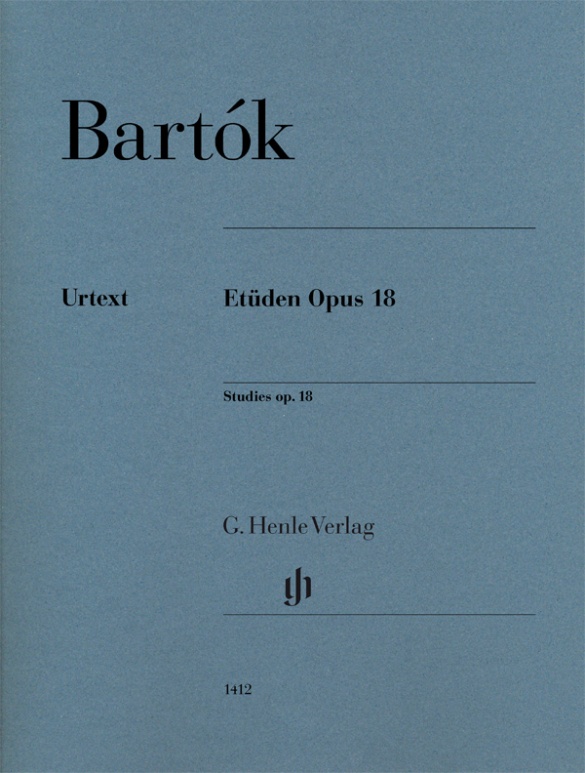

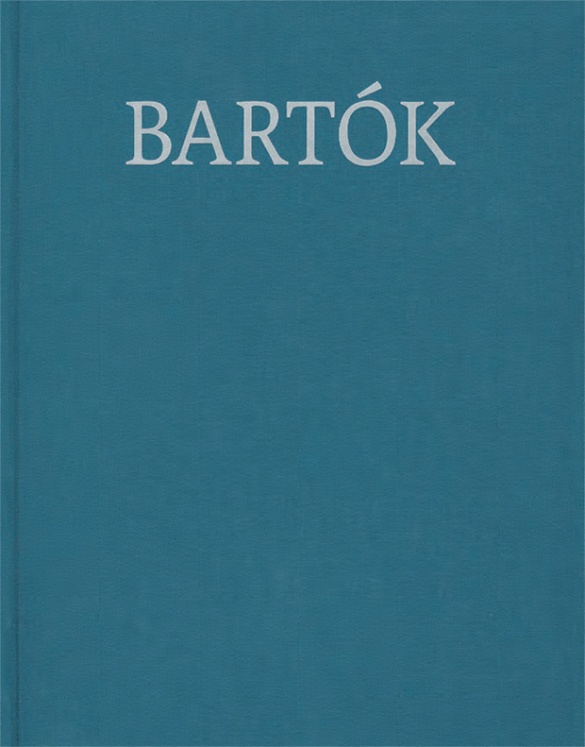
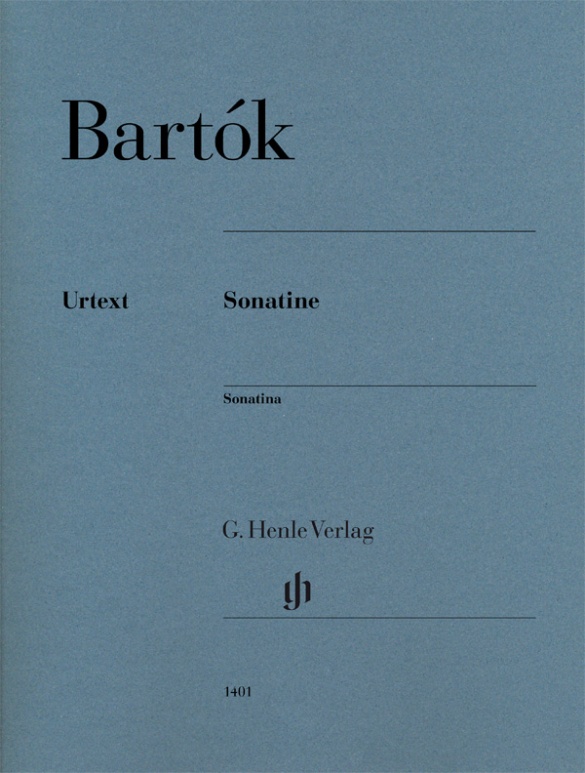
Distribution non autorisée en Hongrie